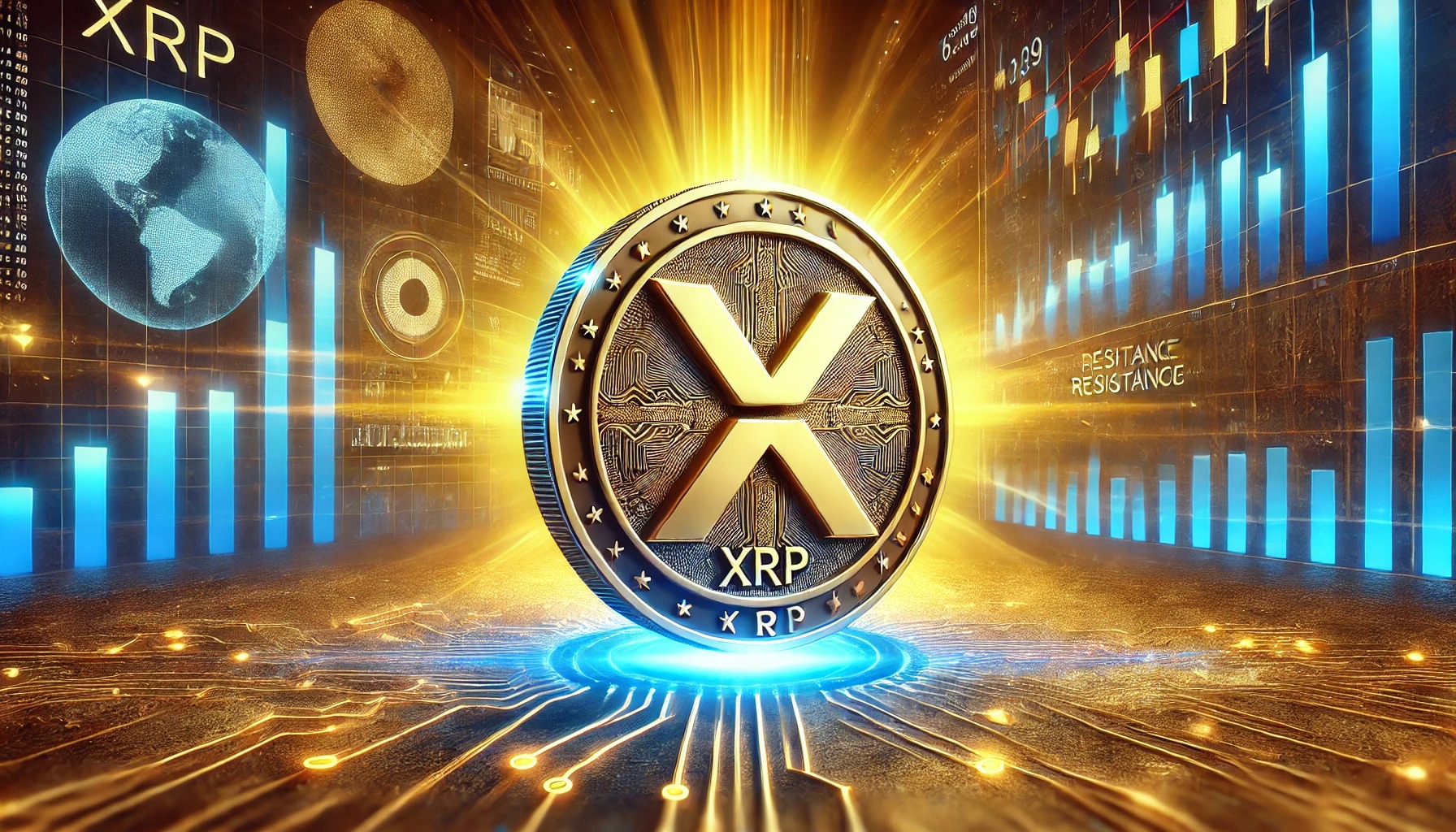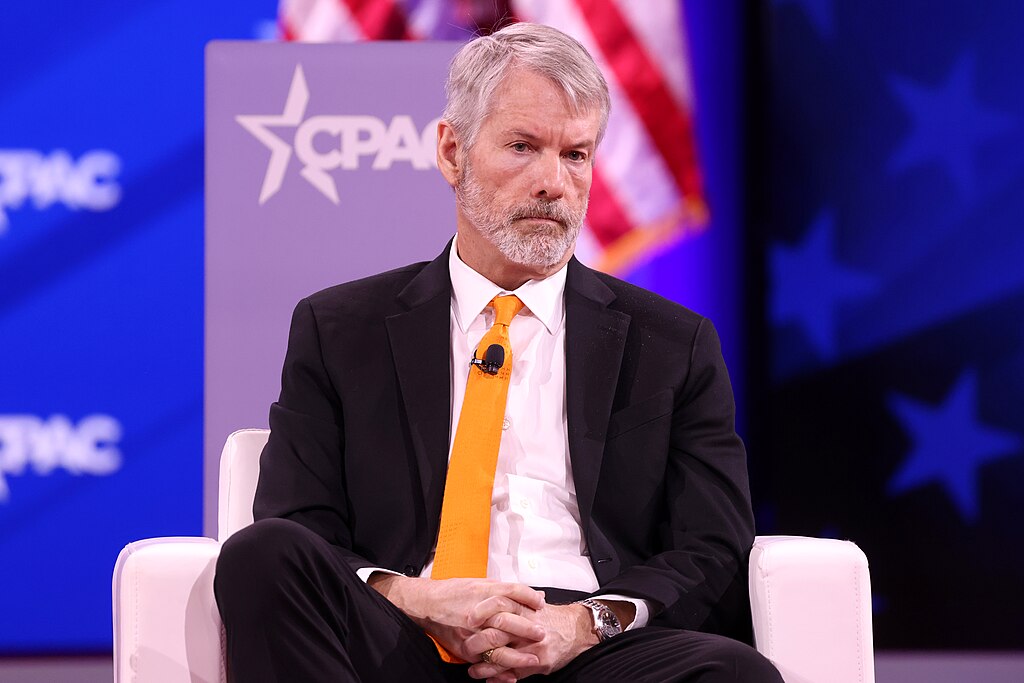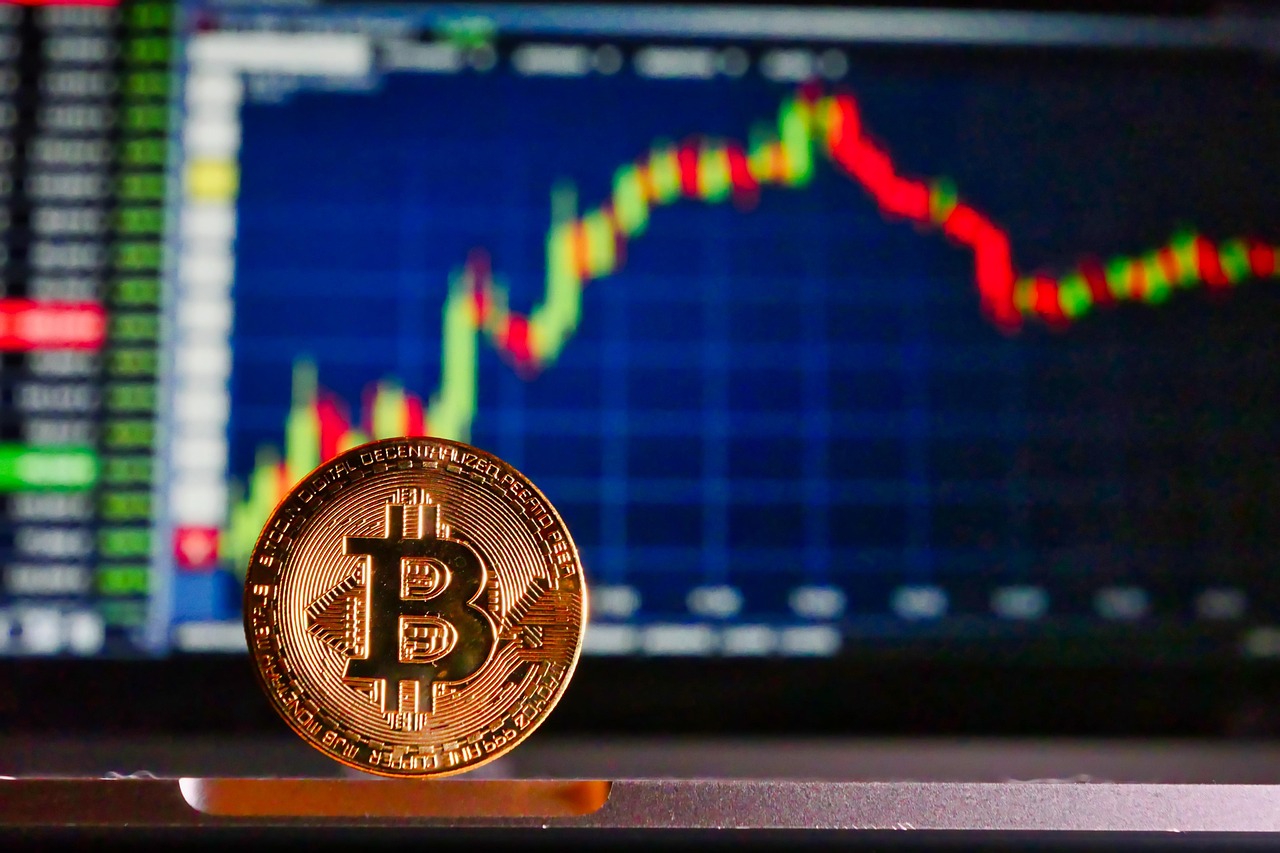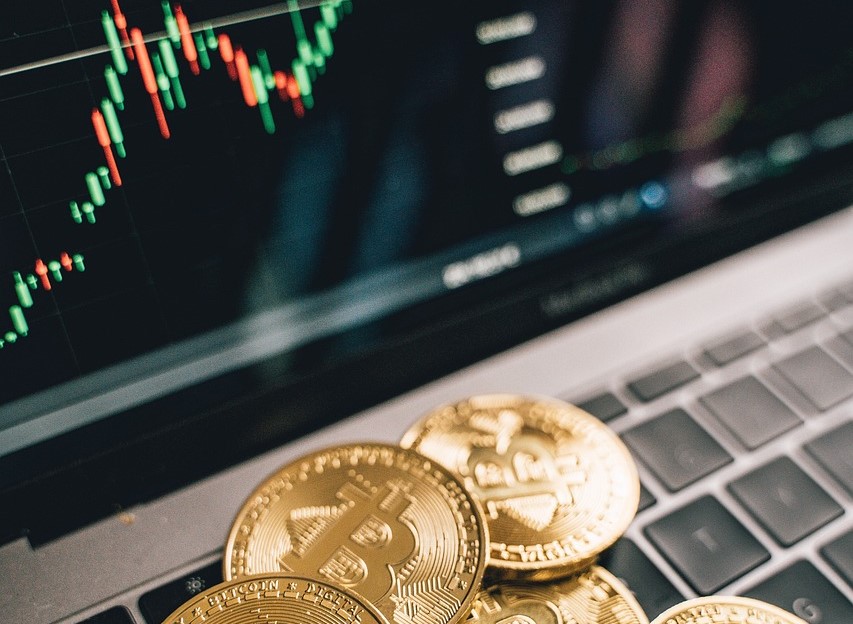XRP remains deeply undervalued despite increasing adoption, trading activity, and real-world settlement use, according to new research by Bayberry Capital. The investment firm argues that the market continues to misprice XRP due to a fundamental misunderstanding of its core purpose. Rather than a speculative token, Bayberry describes XRP as a crucial liquidity bridge for global value transfer — financial “plumbing” that underpins future tokenized finance.
The firm highlights that traders still assess XRP based on volatility and short-term narratives, overlooking its expanding real-world utility. Bayberry compares the current phase of XRP to the early internet era, when essential digital infrastructure developed quietly beneath the surface. Ripple’s ongoing partnerships and ecosystem expansion reinforce this trajectory, with CEO Brad Garlinghouse reaffirming XRP’s vital role in global settlements and cross-border payments.
Bayberry Capital explains that XRP’s design enables seamless liquidity flow between disconnected financial systems. This function depends on institutional trust, compliance, and gradual integration — factors that make its evolution slow but steady. The firm says this slow buildout leads markets to underestimate the depth of infrastructure being developed. XRP’s relative price stability, Bayberry adds, is a reflection of maturity, not weakness.
Fresh on-chain data supports this outlook. According to CryptoQuant, traders are increasingly rotating into XRP as open interest in BTC and ETH declines. This accumulation trend signals growing confidence in assets with tangible utility. Ripple’s recent collaborations with Mastercard, WebBank, and Gemini to expand RLUSD payments — alongside $500 million in new funding at a $40 billion valuation — further validate XRP’s growing relevance. Through these partnerships, credit card settlements and stablecoin transfers on the XRP Ledger are becoming a new reality, underscoring the asset’s long-term potential in global finance.




























Comment 0